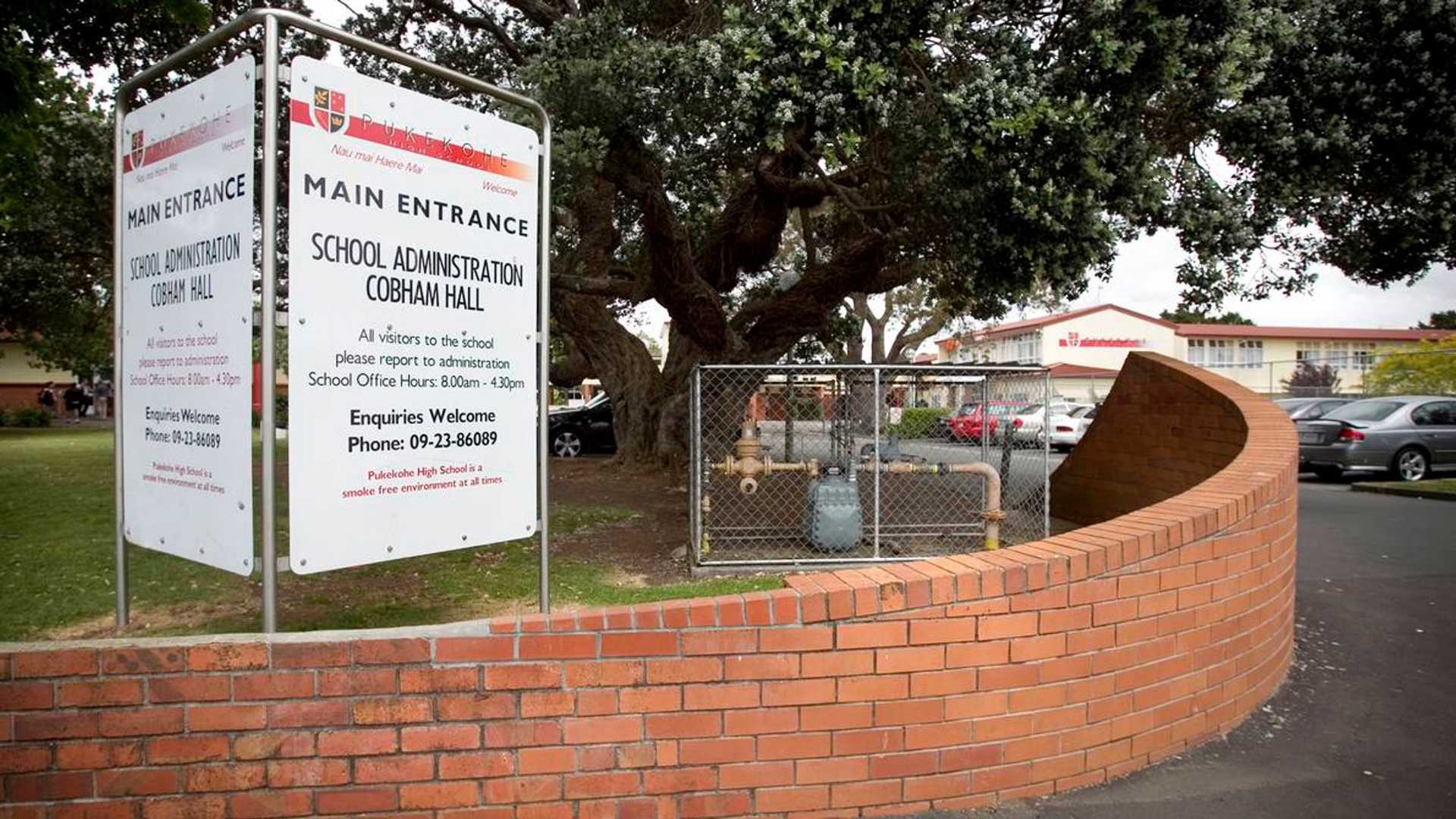AI and ChatGPT Cheating Allegations at Cambridge and Pukekohe High Schools
In recent news, two high-achieving students from different high schools in New Zealand have been accused of cheating and received failed grades after teachers suspected that artificial intelligence (AI) had completed their assignments.
The students claim that the work is their own, and experts have warned that the use of AI to detect plagiarism is dangerous, unreliable, and has the potential for legal implications. The New Zealand Qualifications Authority (NZQA) stresses that human teacher judgment remains the best assessment tool.
The two schools, Cambridge High School and Pukekohe High School, used AI technology, ChatGPT, to seek a second opinion after teachers flagged an issue with the students’ work.
The Year 13 student at Pukekohe High was dismissed by her teachers when she tried to show them the background work she did to complete the assignment. Despite trying to provide proof, the student was repeatedly told that AI can generate the work. The student is now concerned about how a failed grade because of alleged cheating might affect her chances of being accepted into the university course she wants to study.
The NZQA advised schools about the use of artificial intelligence in February, noting the arrival of ChatGPT was ringing alarm bells in the education sector.
The NZQA lists three programmes schools could use to detect plagiarism - AI Writing Check, AICheatCheck and Turnitin - which have already been used in schools and universities. However, the NZQA also said it could be “nigh on impossible” to stop students from using AI tech.
Educational experts warn that AI is not always accurate and can produce false positives, causing innocent students to be wrongly accused. Francis Valintine, an educational technologist, says accusations of AI cheating present “significant legal challenges” in countries that are banning the technology completely, not just in schooling.
In a recent survey conducted by the Rainz project, more than 13.9% of tertiary students in New Zealand indicated they had used an artificial intelligence tool to complete academic work, and this figure is expected to rise.
Despite the potential benefits of using AI in the classroom, educators must consider the risks and limitations of relying on it to detect plagiarism.
It is essential to ensure that AI tools are implemented correctly and ethically, and students must learn to document their work and work process better.
In conclusion, while AI has its place in education as a helpful tool for students and teachers alike, it is crucial to balance its use with human teacher judgment.




















